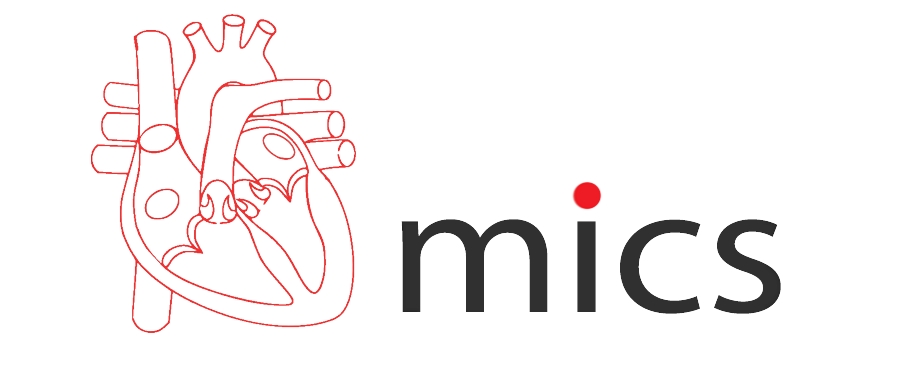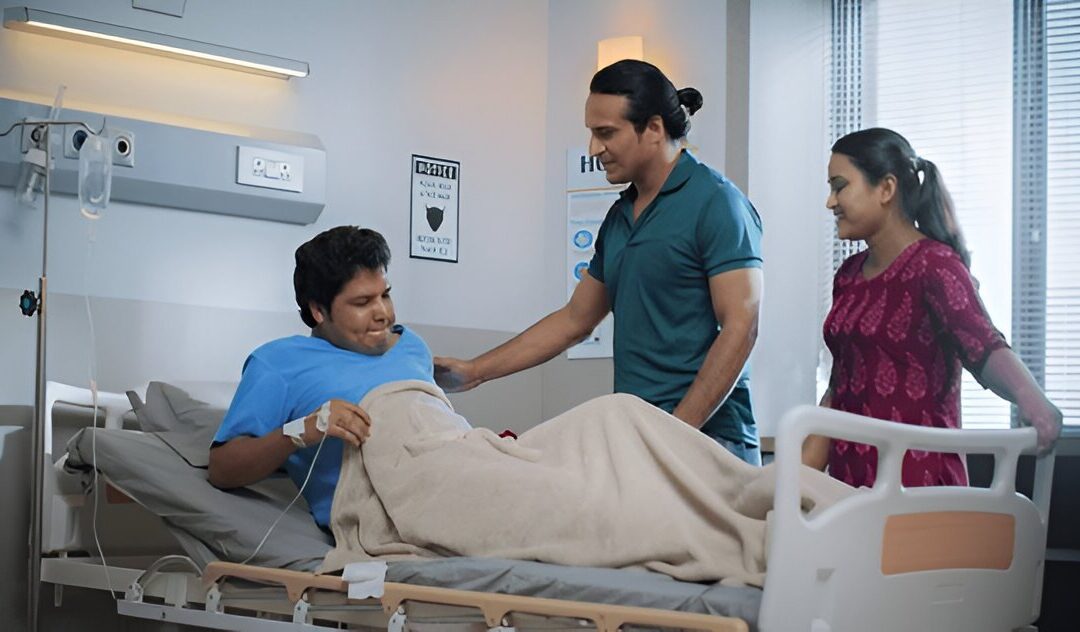Taking the First Step Toward Recovery
Heart surgery is not just a physical procedure; it’s a deeply personal journey of healing and renewal. Whether you’ve undergone a minimally invasive robotic heart surgery or a more traditional approach, one of the first questions on your mind may be: When will I get back to living normally again?
At Micsheart, where compassionate care meets advanced techniques, we understand that healing is not just about the heart it’s about the whole person.
Recovery is not a race; it’s a process. And like every individual heart, every recovery journey is unique. This guide will help you understand what to expect as you heal, offering encouragement and clarity along the way.
Why Recovery Timelines Vary: Every Heart, Every Journey
No two hearts are the same, and no two recoveries will be identical. Several factors shape your timeline back to daily activities, including:
- The type of heart surgery performed (robotic-assisted, minimally invasive, or open-heart)
- Your overall health and fitness levels before surgery
- How your body responds to healing
- The support you have at home and through your medical team
It’s important to know that your pace is the right pace. Robotic-assisted surgeries, like those offered at Micsheart, often allow for a smoother recovery experience, but even then, listening to your body remains key.

Your Recovery Timeline: Week-by-Week Guide
While each journey is unique, most people can expect certain milestones along the way. What sets Minimally Invasive Cardiac Surgery (MICS) apart — especially at Micsheart is the remarkably quicker recovery compared to traditional open-heart surgery.
Thanks to smaller incisions, less trauma to the body, and advanced robotic assistance, many of our patients are able to resume normal activities as early as the end of the first week. This is a significant difference open-heart surgery often requires 6 weeks or more before patients can return to their routines.
Of course, recovery always depends on your overall health. Patients with more complex conditions may still need a longer healing period, even with MICS. But for most, here’s a general outline of what to expect:
Week 1–2: Rest, Heal, and Listen
This initial phase focuses on rest and gentle movement. Your body is healing internally, even when you’re still. Short walks, breathing exercises, and light physical activity under medical guidance are encouraged. Many MICS patients feel ready to resume basic routines — including desk work — by the end of this period.
Week 3–4: Gentle Movements and Small Steps
Strength and confidence typically improve. You may comfortably walk longer distances or do light household tasks. However, it’s still important to avoid:
- Driving (unless specifically cleared)
- Heavy lifting (over 5–7 kilograms)
- High-intensity exercises
- Pushing or pulling heavy objects
Week 5–6: Gradual Return to Light Work
At this stage, patients often return to work, engage in social activities, and enjoy greater independence — always with care and caution. Even if you feel “almost back to normal,” remember that internal healing continues.
After 6 Weeks: Building Back to Full Life
More vigorous activity may slowly resume with your doctor’s approval. For some, this marks the tail end of recovery; for others, particularly those with pre-existing conditions, healing may take a little longer.
At Micsheart, our focus on minimally invasive and robotic techniques supports a smoother transition through each phase. Hear from Sugandha Gumber, one of our patients, as she shares how she regained her strength and confidence after surgery thanks to the expert care of Dr. Sathyaki and the Micsheart team:
Guiding Your Recovery: Trusting Your Body and Your Team
While timelines offer guidance, your body remains your truest guide.
Some days, you may feel stronger; other days, fatigue might remind you to rest. Both are normal parts of healing.
Signs you may be pushing too hard include:
- Excessive fatigue beyond normal tiredness
- Chest discomfort
- Unusual swelling or breathlessness
Never hesitate to slow down or to reach out to your care team if something feels off.
Regular follow-ups are an essential part of staying on track — helping fine-tune your recovery plan to your needs. At Micsheart, your journey doesn’t end with surgery. Our teams walk with you through recovery, providing ongoing support and expert monitoring to ensure you heal safely and fully.
Healing Inside and Out: Emotional Recovery Matters
Physical healing is just one part of the process. Emotional and mental well-being are equally important.
After heart surgery, it’s common to experience a mix of emotions relief, gratitude, but sometimes also anxiety or sadness. These feelings are normal. Allow yourself the space to process them without judgment.
Some gentle steps to support emotional recovery:
- Talking openly with your loved ones
- Seeking support groups or counselling if needed
- Practicing mindfulness or relaxation techniques
- Celebrating small victories along the way
Healing your heart includes nurturing your spirit. At Micsheart, we believe true recovery means honouring every aspect of your journey.
Final Thoughts: Trusting the Process
Recovery after heart surgery is not a straight line it is a series of gentle steps, moments of patience, and milestones reached with perseverance. Trust your body, trust the care surrounding you, and most importantly, trust the incredible resilience within you.
At Micsheart, we are honoured to be part of so many inspiring recovery stories stories of strength, hope, and new beginnings.
When you take it one day at a time, the return to life doesn’t just happen. It blossoms in your own time, in your own beautiful way.

Dr. Sathyaki Nambala
🗣 English, Hindi
Get Directions

